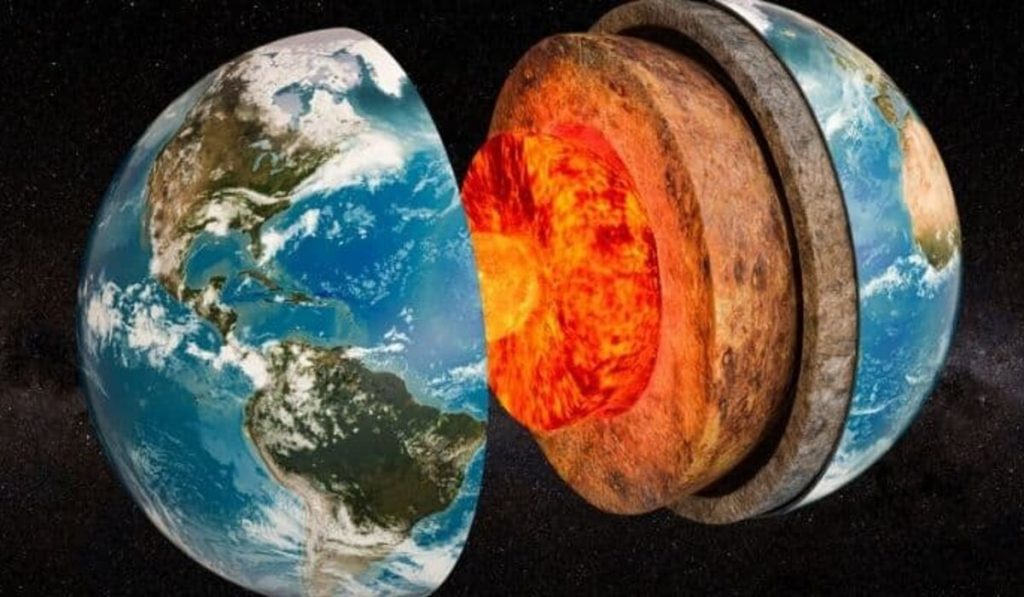Scientists have made a fascinating discovery in the Indian Ocean—an immense void. However, this isn’t the type of void that would drain the ocean. Rather, it refers to a specific location where the gravitational pull is weaker than average. This discrepancy occurs because there is less mass beneath that spot, leading to a reduced gravitational force compared to other areas on Earth.
For years, scientists have been perplexed by the cause of this unusual phenomenon. Finally, two geologists, Debanjan Pal and Attreye Ghosh from the Indian Institute of Science in Bengaluru, India, have offered an explanation in their recent study.
They propose that this massive void was formed by molten rock plumes rising from deep beneath Africa, near the remnants of a sunken ancient ocean bed. In simpler terms, its origins can be traced back to the movements of Earth’s tectonic plates, which caused the submersion of this ancient ocean bed.
The Earth is not a perfect sphere. If it were, gravity would be consistent across its surface. However, our planet is slightly flattened around the North and South Poles and bulges near the equator. As a result, different locations experience varying gravitational forces depending on the mass of Earth’s crust, mantle, and core beneath them.
The most renowned gravitational anomaly in the Indian Ocean is known as the Indian Ocean Geoid Low. This dip in the geoid covers an extensive area of over 3 million square kilometers and is centered around 1200 kilometers southwest of India’s southern tip.
It is not visible on the ocean’s surface but affects sea levels. Due to the weaker gravitational pull in this region compared to the surrounding areas, the sea level over the void is 106 meters below the global average, as revealed by the researchers’ study.
The existence of this void was initially detected in 1948 by a Dutch geophysicist named Felix Andries Vening Meinesz during a gravity survey of the Indian Ocean conducted aboard a ship. Since then, numerous expeditions and satellite observations have been carried out to unravel this mystery, but it remained elusive until now.
“What we’re seeing is that hot, low-density material coming from this LLSVP underneath Africa is sitting underneath the Indian Ocean and creating this geoid low,” Ghosh says, according to Scientific American magazine.
Pal and Ghosh suggest that the “African blob,” which essentially gives rise to the Indian Ocean Geoid Low, is likely formed by ancient remnants of the seabed from the Tethys Ocean. The Tethys Ocean existed over 200 million years ago, situated between the supercontinents of Laurasia and Gondwana.
India and Africa were part of Gondwana, but India gradually moved northward into the Tethys Ocean, resulting in the formation of the Indian Ocean approximately 120 million years ago.
“Plumes of molten rock arise when subducted slabs belonging to the old Tethys Ocean sink inside the mantle and reach the core-mantle boundary,” he said.
In addition to the plumes, the nearby mantle also played a crucial role in the formation of this void, as emphasized by the researchers’ conclusions.

